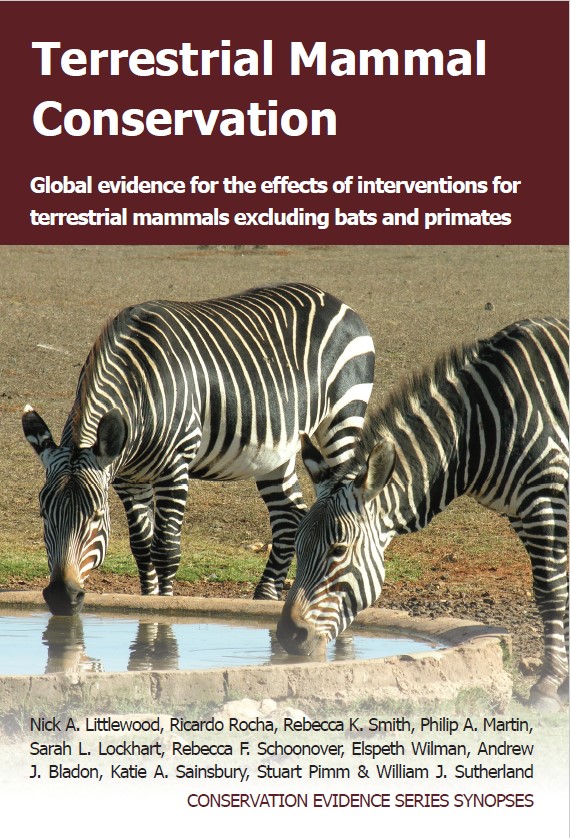Cull disease-infected animals
-
Overall effectiveness category Likely to be beneficial
-
Number of studies: 1
View assessment score
Hide assessment score
How is the evidence assessed?
-
Effectiveness
60% -
Certainty
40% -
Harms
15%
Study locations
Supporting evidence from individual studies
A before-and-after and site comparison study in 2004–2007 on two peninsulas in Tasmania (Jones et al. 2007) found that culling disease-infected Tasmanian devils Sarcophilus harrisi resulted in fewer animals with large tumours associated with late stages of the disease. One year after intensive culling commenced, the proportion of trapped Tasmanian devils with large tumours (22%) was lower than during the first month of intensive culling (67%; numbers not reported). Tasmanian devil density remained constant during this time (1.6 devils/km2) compared to a similar site without culling where density declined (from 0.9 to 0.6 devils/km2), although statistical tests were not carried out. Tasmanian devils infected with Devil Facial Tumour Disease were culled during an 18-month pilot study commencing in June 2004, and an intensive 12-month trapping program commencing in January 2006. Tasmanian devils were trapped within a 160-km2 area on the peninsula during 4–5 x 10-day trips/year. Infected individuals or those with signs of the disease were euthanized. Numbers with large tumours (>4 cm) were counted in February 2006 and January 2007. Tasmanian devil density was recorded in the study area and at a similar 160-km2 peninsula on the same coast (methods not reported).
Study and other actions tested
Where has this evidence come from?
List of journals searched by synopsis
All the journals searched for all synopses
This Action forms part of the Action Synopsis:
Terrestrial Mammal Conservation
Terrestrial Mammal Conservation - Published 2020
Terrestrial Mammal Conservation





)_2023.JPG)














